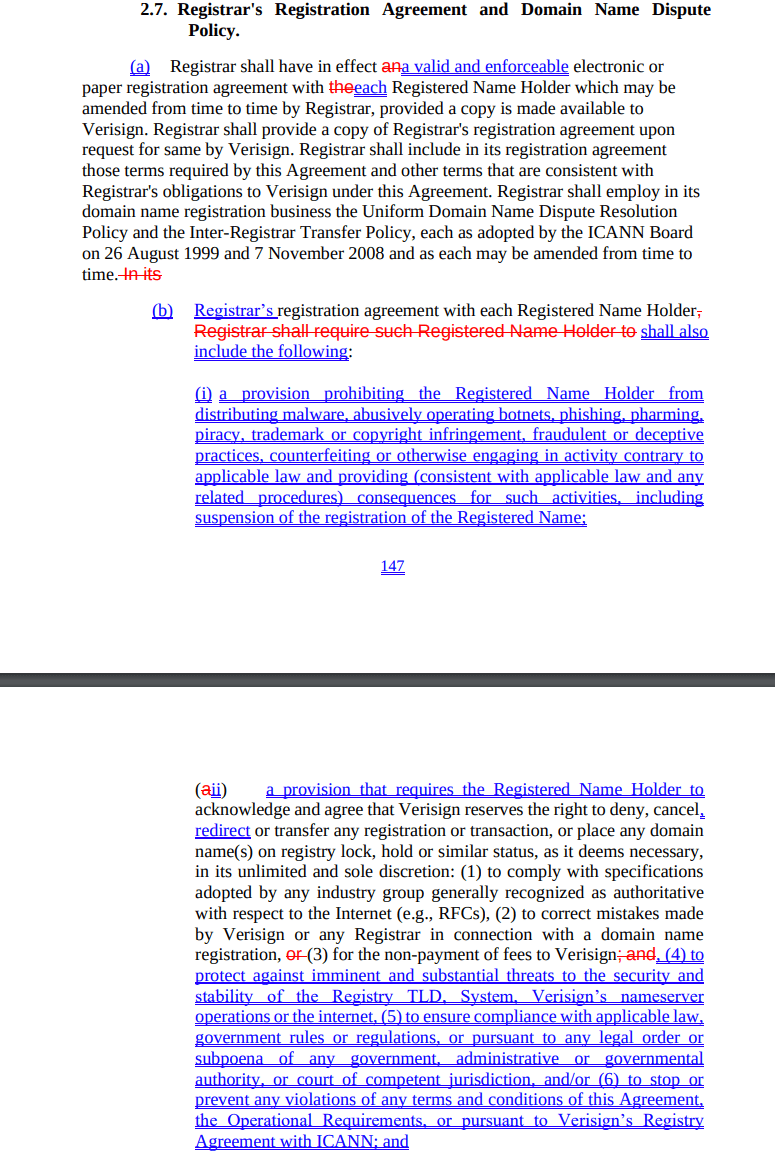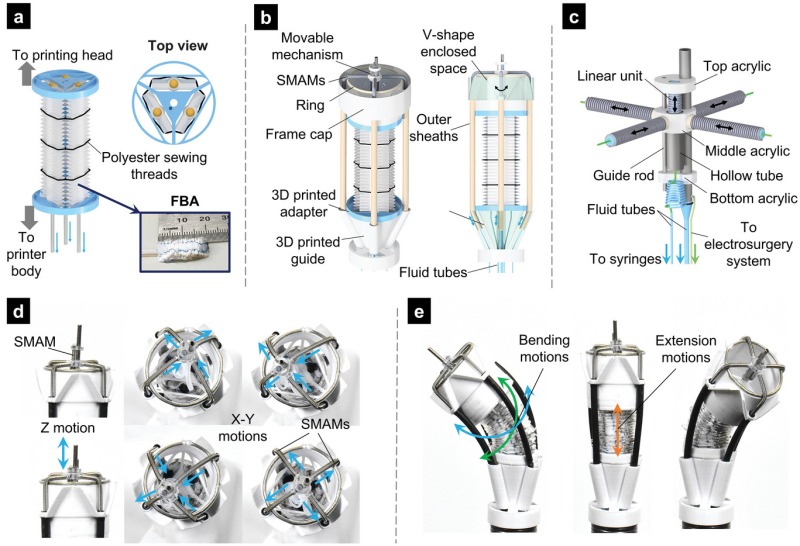To hear the recording industry tell the story, copyright is the only thing protecting musicians from poverty and despair. Of course, that’s always been a myth. Copyright was designed to benefit the middlemen and gatekeepers, such as the record labels, over the artists themselves. That’s why the labels have a long history of never paying artists.
But over the last few years, Ed Sheeran has been highlighting the ways in which (beyond the “who gets paid” aspect of all of this) modern copyright is stifling rather than incentivizing music creation — directly in contrast to what we’re told it’s supposed to be doing.
We’ve talked about Sheeran before, as he’s been sued repeatedly by people claiming that his songs sound too much like other songs. Sheeran has always taken a much more open approach to copyright and music, noting that kids pirating his music is how he became famous in the first place. He’s also stood up for kids who had accounts shut down via copyright claims for playing his music.
But the lawsuits have been where he’s really highlighted the absurdity of modern copyright law. After winning one of the lawsuits a year ago, he put out a heartfelt statement on how ridiculous the whole thing was. A key part:
There’s only so many notes and very few chords used in pop music. Coincidence is bound to happen if 60,000 songs are being released every day on Spotify—that’s 22 million songs a year—and there’s only 12 notes that are available.
In the aftermath of this, Sheeran has said that he’s now filming all of his recent songwriting sessions, just in case he needs to provide evidence that he and his songwriting partners came up with a song on their own, which is depressing in its own right.
[…]
with this latest lawsuit it wasn’t actually a songwriter suing. It was a private equity firm that had purchased the rights from one of the songwriters (not Marvin Gaye) of Marvin Gaye’s hit song “Let’s Get it On.”
The claim over Thinking Out Loud was originally lodged in 2018, not by Gaye’s family but by investment banker David Pullman and a company called Structured Asset Sales, which has acquired a portion of the estate of Let’s Get It On co-writer Ed Townsend.
Thankfully, Sheeran won the case as the jury sided with him over Structured Asset Sales. Sheeran, once again, used the attention to highlight just how broken copyright is if these lawsuits are what’s coming out of it:
“I’m obviously very happy with the outcome of the case, and it looks like I’m not having to retire from my day job after all. But at the same time I’m unbelievably frustrated that baseless claims like this are able to go to court.
“We’ve spent the last eight years talking about two songs with dramatically different lyrics, melodies, and four chords which are also different, and used by songwriters every day all over the world. These chords are common building blocks used long before Let’s Get it On was written, and will be used to make music long after we’re all gone.
“They are in a songwriters’ alphabet, our toolkit, and should be there for all of us to use. No one owns them or the way that they are played, in the same way that no one owns the color blue.”
[…]






